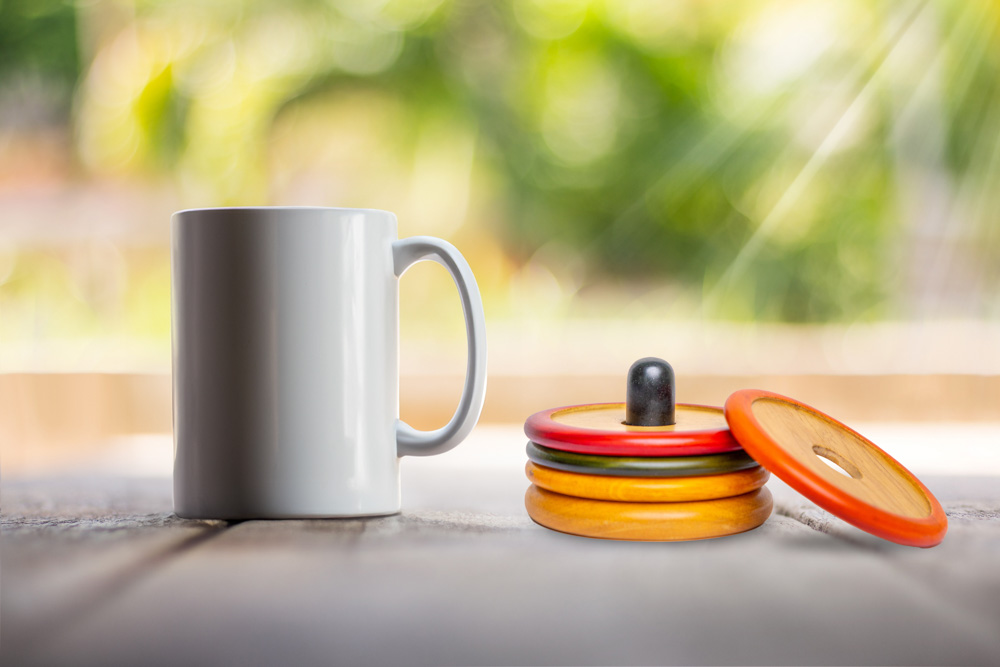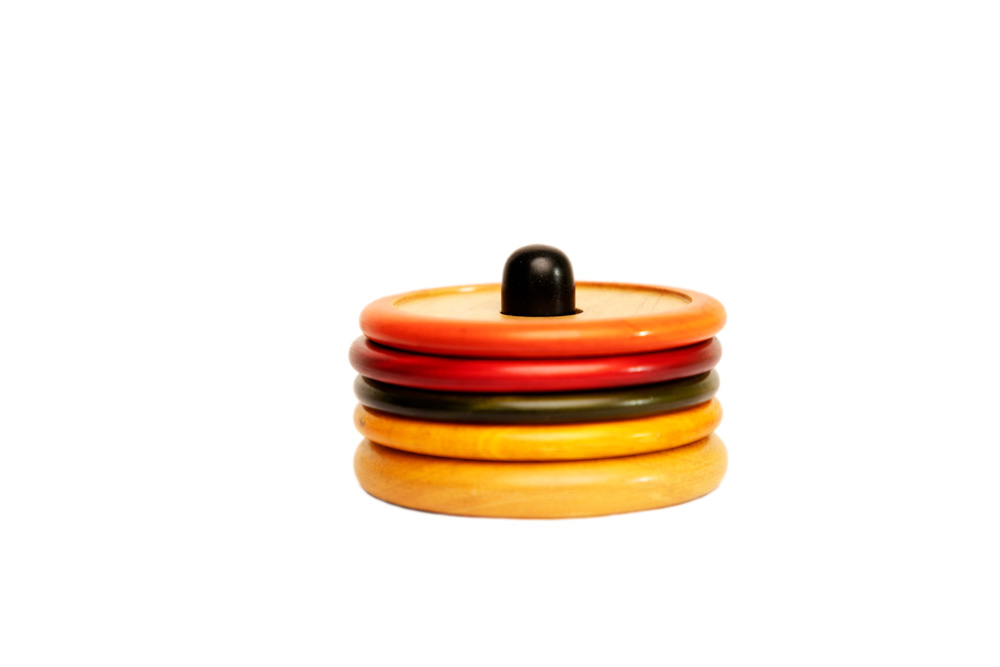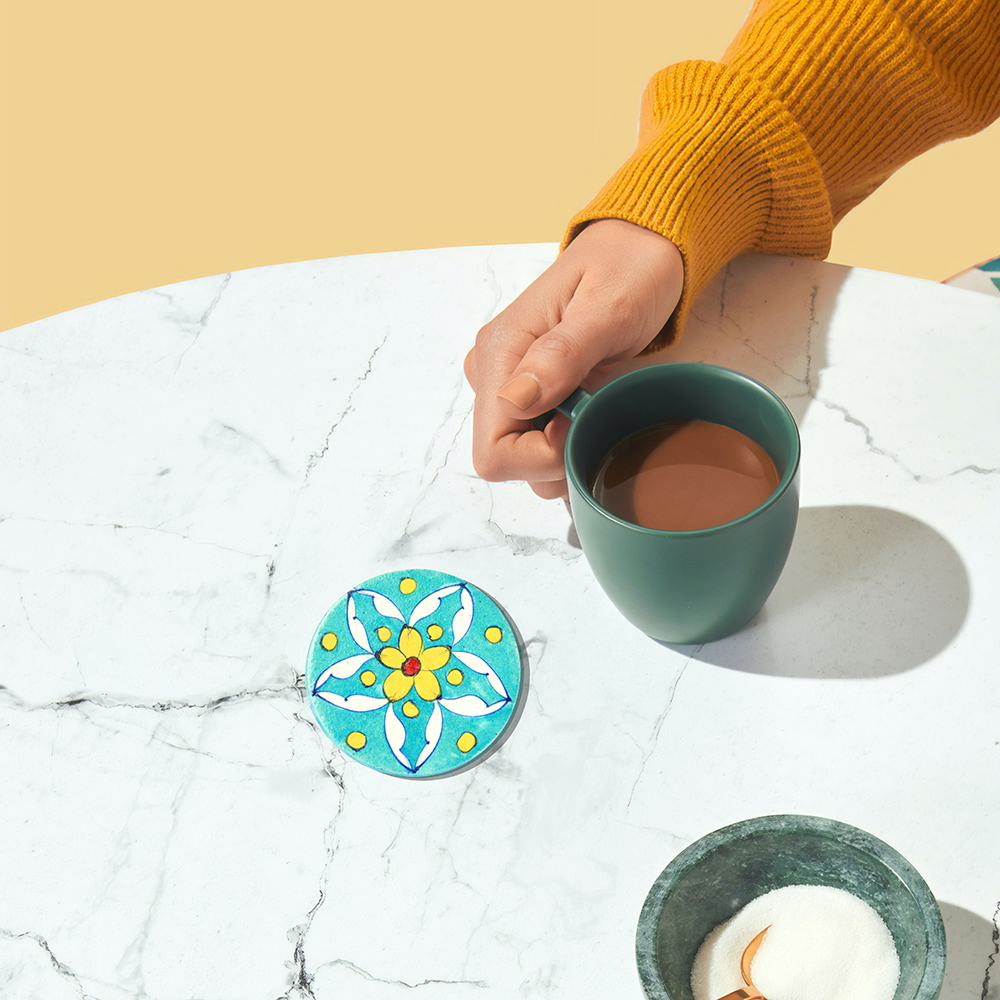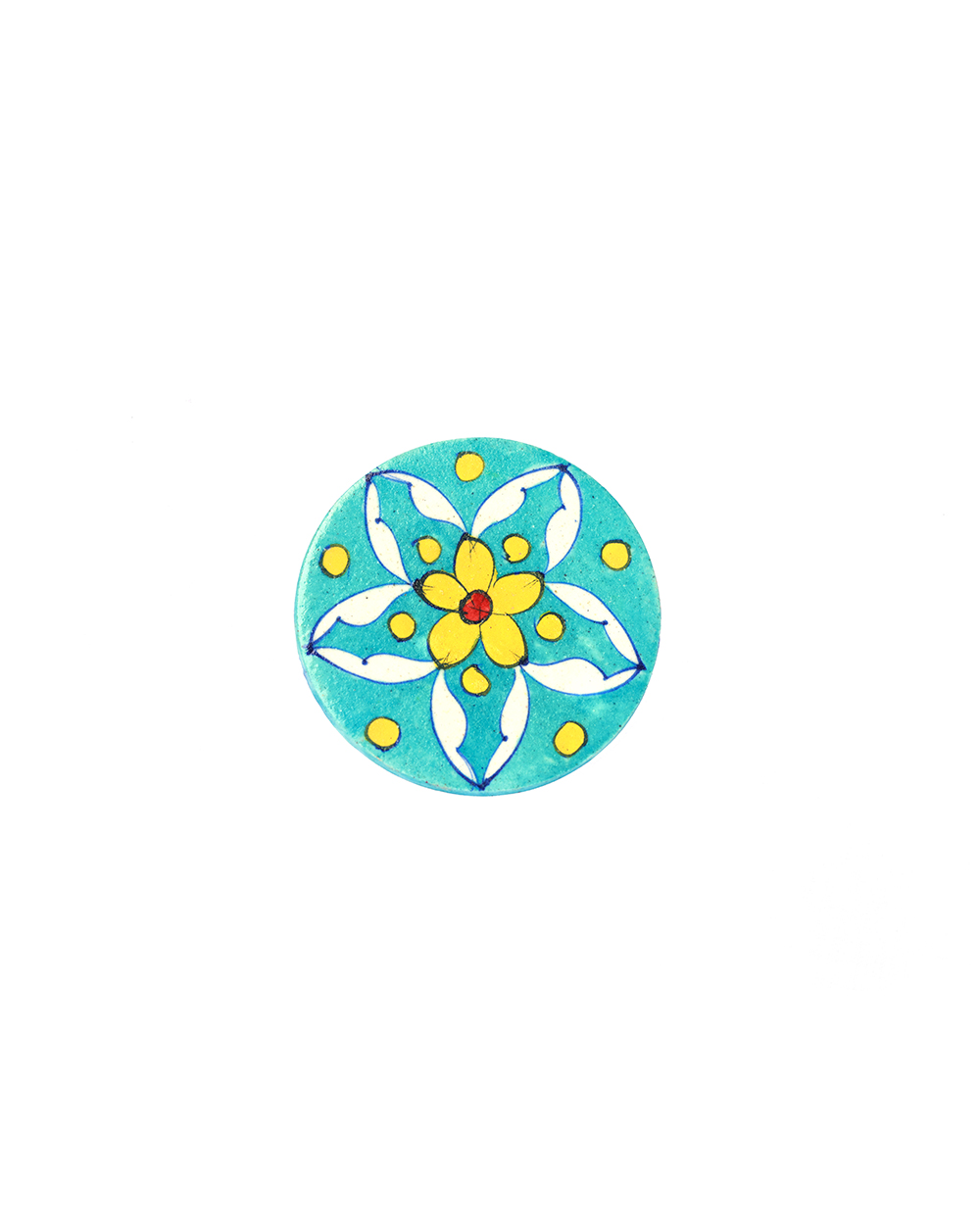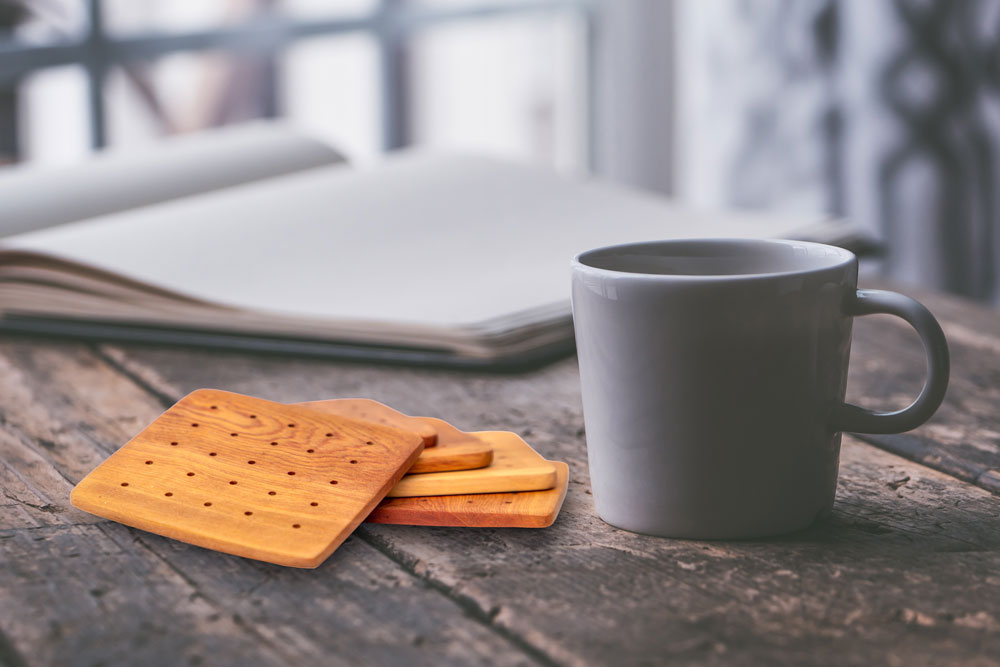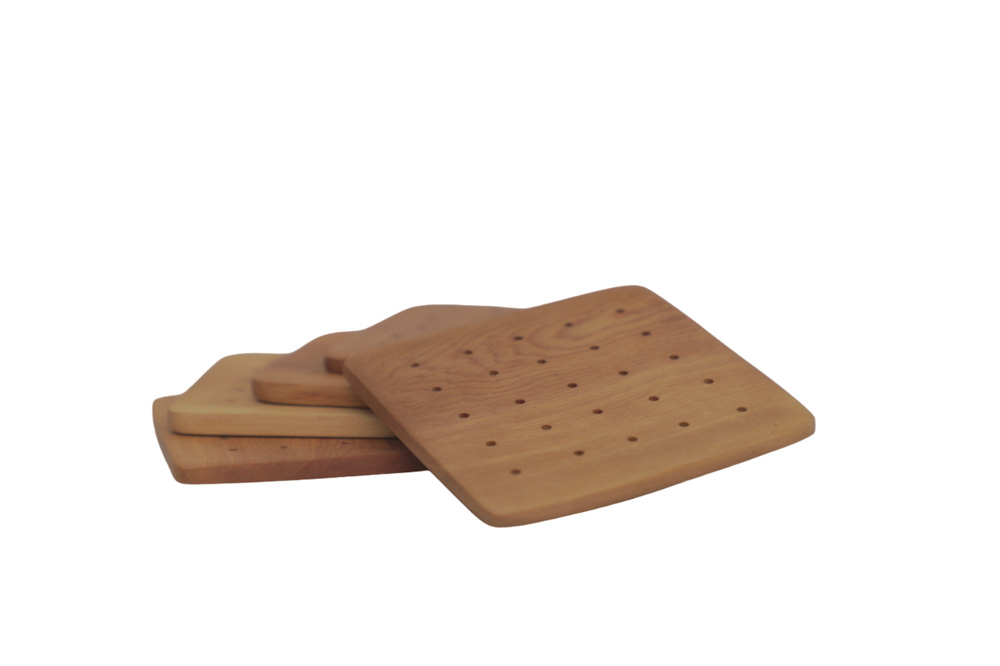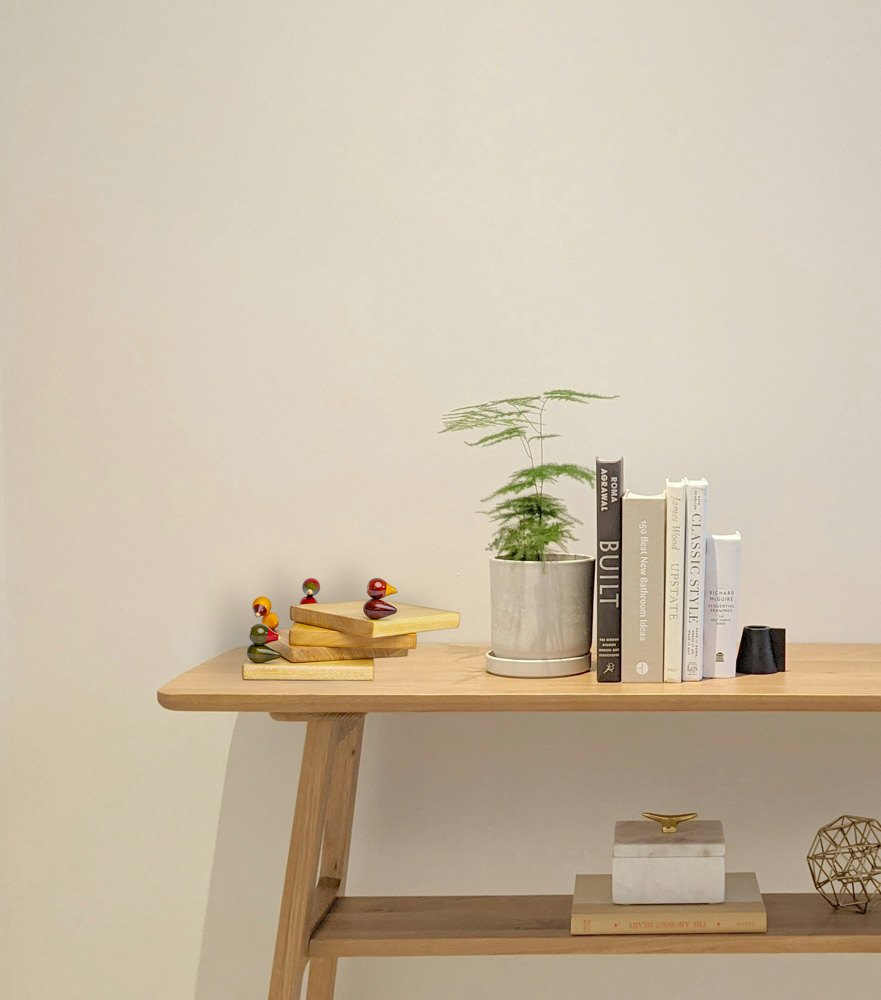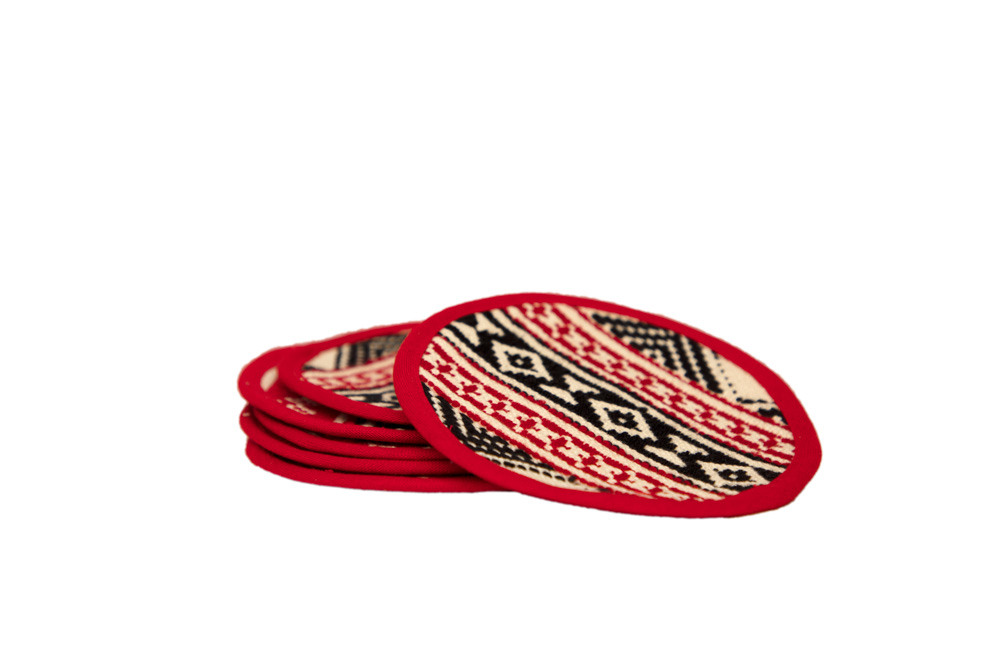| About the Craft |
HISTORY OF CHANNAPATNA CRAFT
The origin of Channapatna art can be traced back to the reign of King Tipu Sultan in the 18th century. The king, who was impressed by the intricate wooden toys invited artisans from Persia to teach the local craftspeople the art of lacquerware.
Over time, the local craftsmen developed their own unique style and techniques, resulting in the creation of the Channapatna toy.
While Tipu Sultan may have been the first to promote Channapatna toys, it was local resident Syed Bawa Saheb Miyan, commonly known as Bawas Miyan, who played an equally important role in popularizing these unique crafts and expanding their production.
In the early 20th century, Bawas Miyan made two trips to Japan to learn about lacquer and toy-making techniques. Upon his return, he established a school to train the youth of Channapatna in the art of handicraft making, earning him the nickname of “Master” Bawas Miyan.
Bawas Miyan passed away in 1914, leaving behind a legacy that continues to shape the toy-making industry in Channapatna. Today, his impact on the development of these unique handicrafts is still felt and revered.
Bawas Miyan’s son-in-law, Syed Yaddullah, took over the training school after Bawas Miyan’s death in 1914. As a mechanic by profession, Syed Yaddullah introduced lathes for making toys, which led to a major increase in the production of Channapatna toys. This innovation transformed the traditional handicraft into a thriving industry and established Channapatna as a hub for toy-making in India.
The toys are not only beautiful to look at, but they are also eco-friendly, as they are made using natural materials and dyes. Additionally, they are considered to be safe for children, as they are made using non-toxic materials and are free from sharp edges and small parts.
The craft has been extended to other household décor bringing style and innovation unique to this art form.
Despite the increasing popularity of Channapatna toys, the industry faces several challenges, including a shortage of skilled craftsmen and competition from mass-produced toys made from cheaper materials. However, there is a growing movement to preserve and promote this traditional art form. Orregin gives you access to these authentic products empowering artisans and helping them to keep these fabulous crafts alive for future generations.
HOW IT IS CRAFTED
The process of making Channapatna items is both intricate and labor-intensive. It involves several stages, including the selection of wood, carving, polishing, lacquering, and painting. The wood used for making the items is typically a type of softwood called Aale mara, which is known for its smooth texture and easy workability.
Once the wood is selected, it is carved into the desired shape using simple tools like chisels, knives, and sandpaper. The carved toys are then polished to remove any roughness and enhance their texture. Next, the items are coated with a layer of lacquer, which acts as a sealant and protects the item from damage.
Finally, the items are painted using natural dyes made from sources like flowers, leaves, and fruits. The dyes used in Channapatna crafts are known for their vibrant colors and durability, and they give the products their distinctive appearance. The painting process is done by hand, and it requires a high level of skill and precision to create intricate designs and patterns. |
